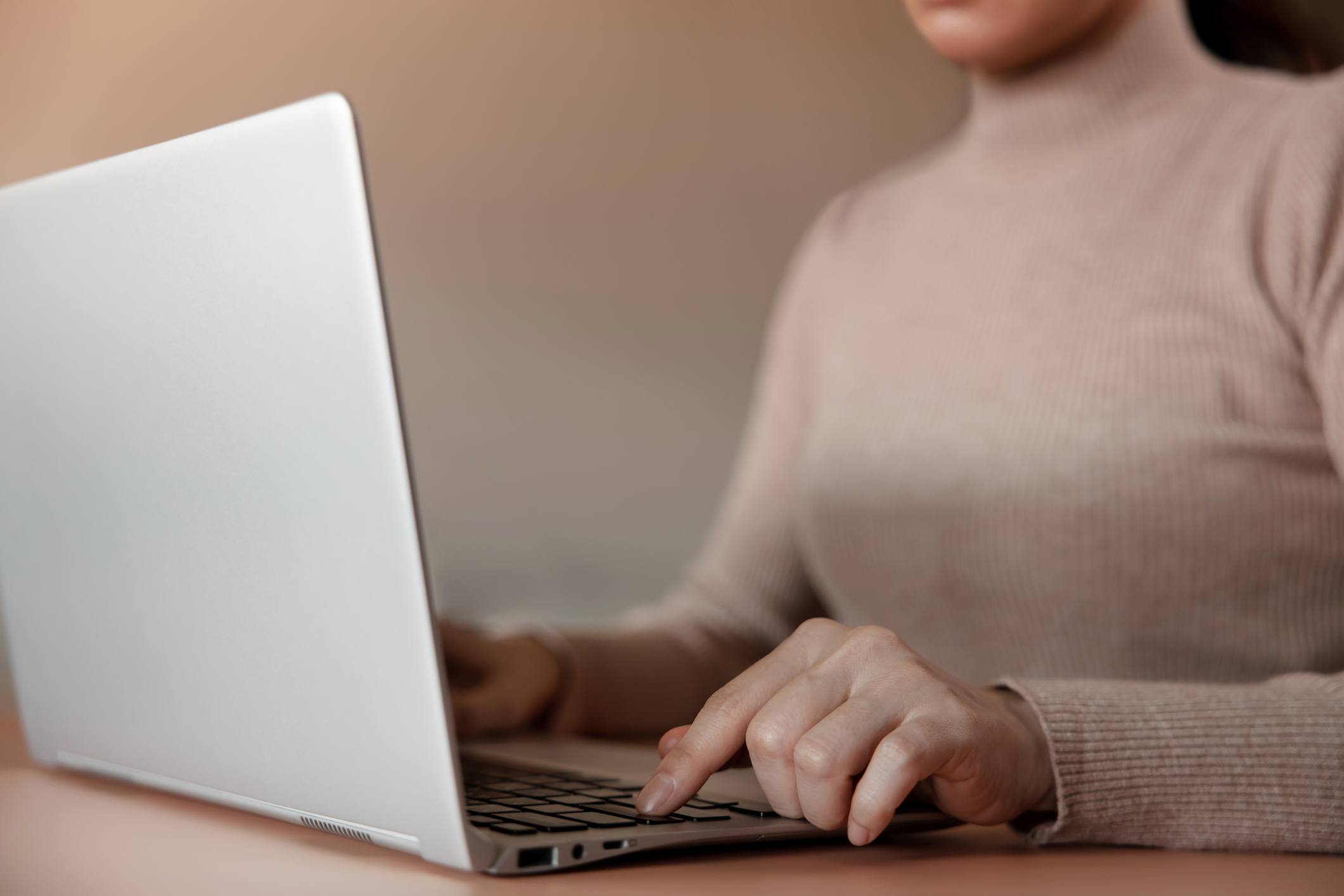How to Secure Your Laptop, Wherever You’re Working
Laptops are a staple for most people in their work and personal life, allowing us to work at home, in cafes, in offices, or in another country. As a key element of the remote working culture that has become the new normal, our laptops must be secure wherever we are. Here’s what to do.
#1 – Add Multifactor Authentication (MFA)
MFA technology works by independently ensuring that you are the person entitled to use a device. This can take several forms, such as confirming your identity with a biometric check, a one-time pin sent to your mobile, or a security email, in addition to a password. This ensures that if your password is compromised, people still can’t use it to get into your apps and accounts. In addition, most MFA technologies will also alert you if someone tries to access your applications, even if they aren’t successful, so you can change your password and upgrade your security.
We recommend using Microsoft’s Azure Active Directory for sign-on and MFA protection. It’s a cloud service, so it is accessible wherever you are as long as you’re online, and it also helps to centralise password changes and block users as needed.
#2 – Encrypt Your Hard Drive
If an attacker has enough time or simply steals your laptop, a password won’t be enough to keep your data safe. The best plan is to encrypt your hard drive so that the information on it cannot be accessed easily even if the drive is removed from the laptop and connected to a new device. Both iOS and Windows allow you to activate device encryption through the settings. Windows 10 will implement this automatically, or you can sign into your Microsoft account to activate this feature. In iOS, you can turn on FileVault (in System Preferences -> Security & Privacy) to activate the encryption feature.
#3 – Back Up Your Data
Worst-case scenarios can and do happen – cybercriminals find a weakness that software developers hadn’t countered yet, someone downloads malware onto your computer, your laptop gives you the blue screen of death, or your kid deletes a bunch of files to fit a game on your system. It’s pretty common when you think about it, and it always happens at the worst possible time! Regularly backing up your data from your laptop on a daily basis if not in real-time is absolutely critical to preventing data losses. Even in the event of a devastating ransomware attack, you can fully restore your laptop with minimal losses.
And the great thing is it doesn’t take much effort or money. Cloud backup services like Azure, iCloud, and AWS are very secure, affordable, and user-friendly. In most cases, you can set your backup preferences and forget about them.
#4 – Stick with One User
Keeping your laptop solely in your hands is another good way to make sure it isn’t compromised. Lending it to friends, family members, kids, or co-workers makes it easy to accidentally delete data, download compromised files and malware, slow down your device’s performance, and mess up your workflow. Even making a guest profile for other users is not recommended, as it’s just too easy for an unsuspecting user to accidentally click on a suspicious link on their profile that downloads ransomware, viruses and more to the entire computer.
Get Peace of Mind Through World-Class Data and IT Security
At Otto, we’re here to protect your organisation and your people against ransomware, IT scams, and other IT security risks. We’ll help you educate your team, ensure you have the best IT protection for your business and be ready to act if your data or people are compromised. Whether you have remote teams, need a backup solution, or aren’t sure what provider is best for your business, we can help you out. Just think of us as your IT department.



